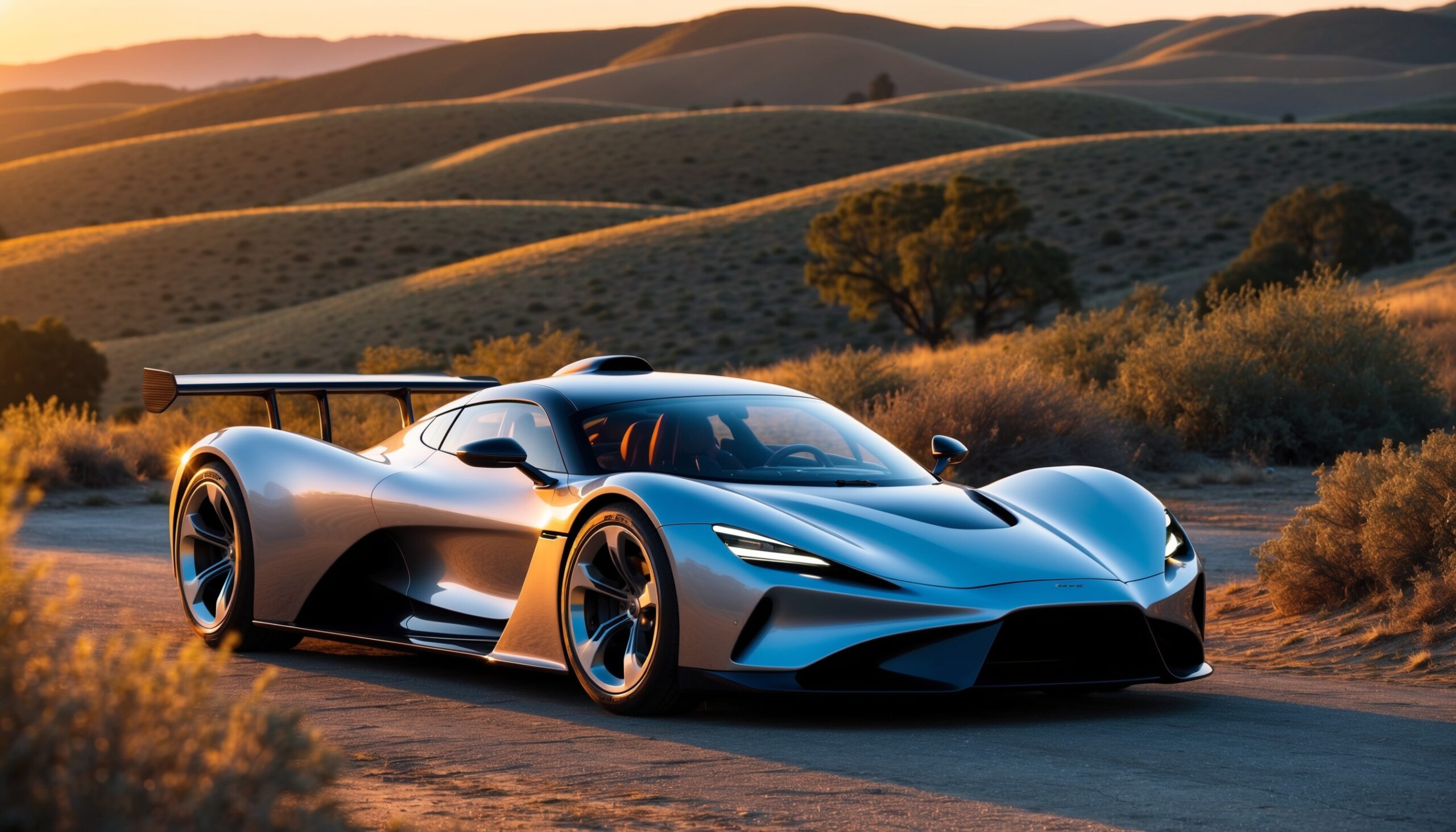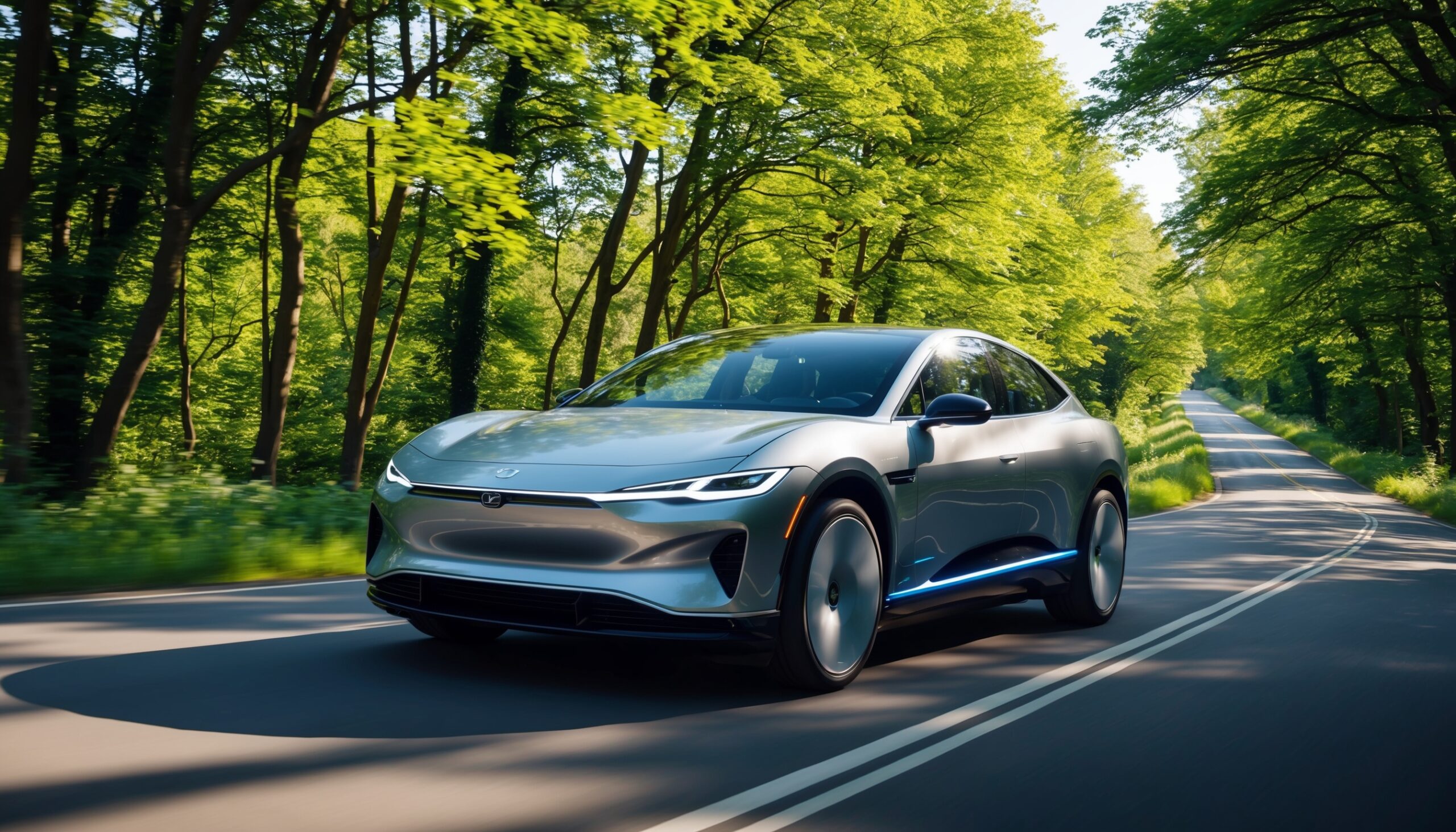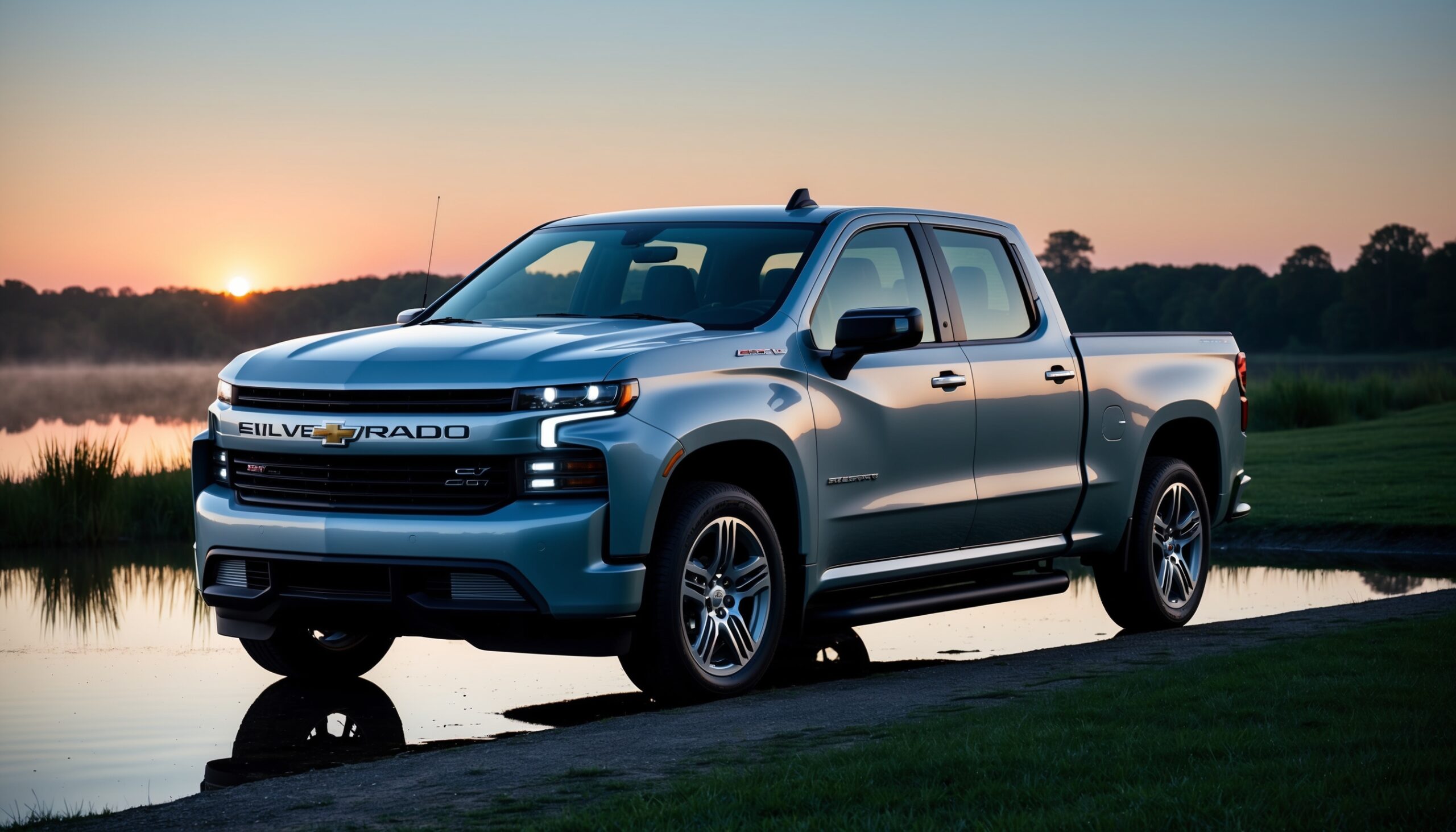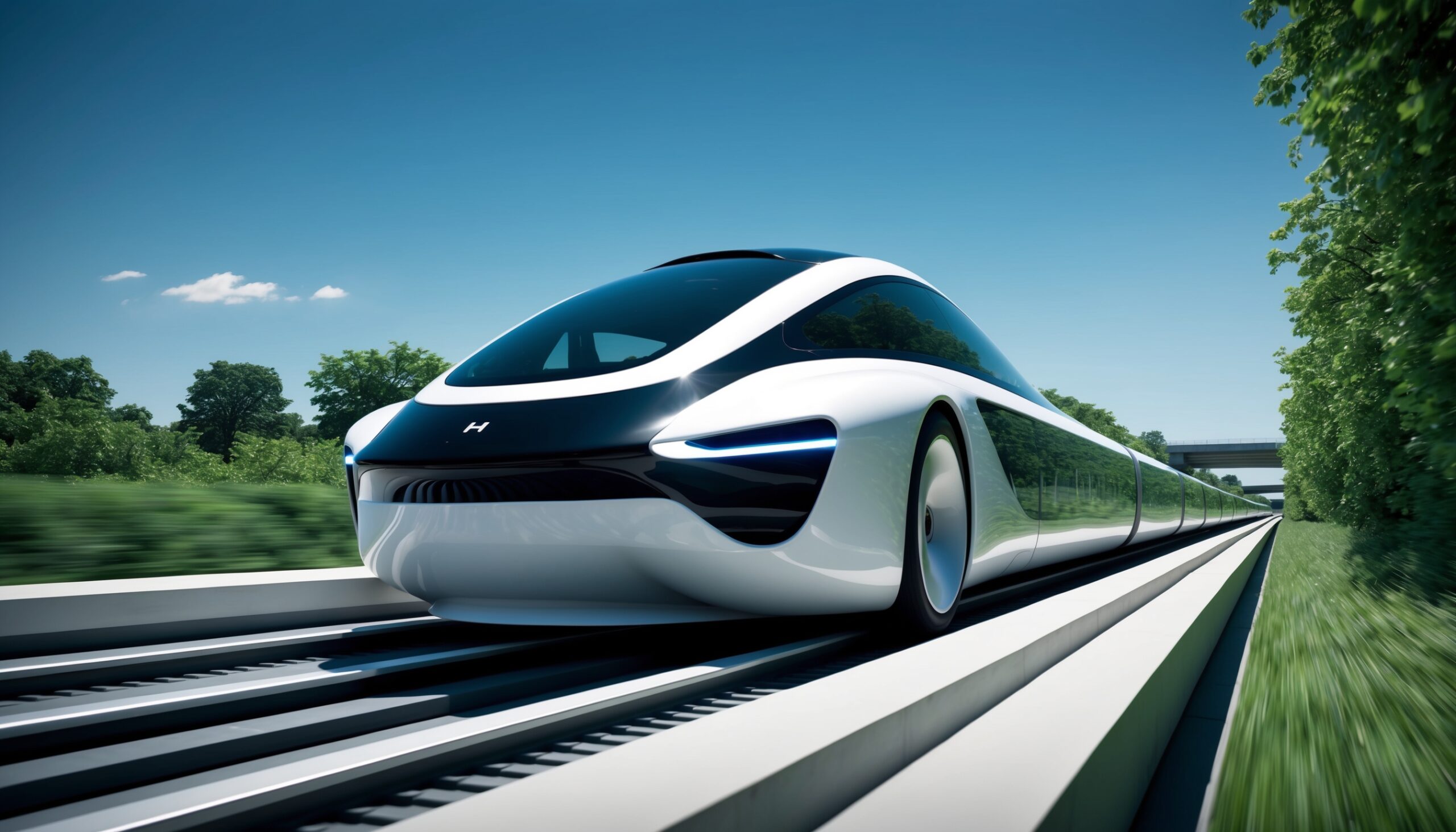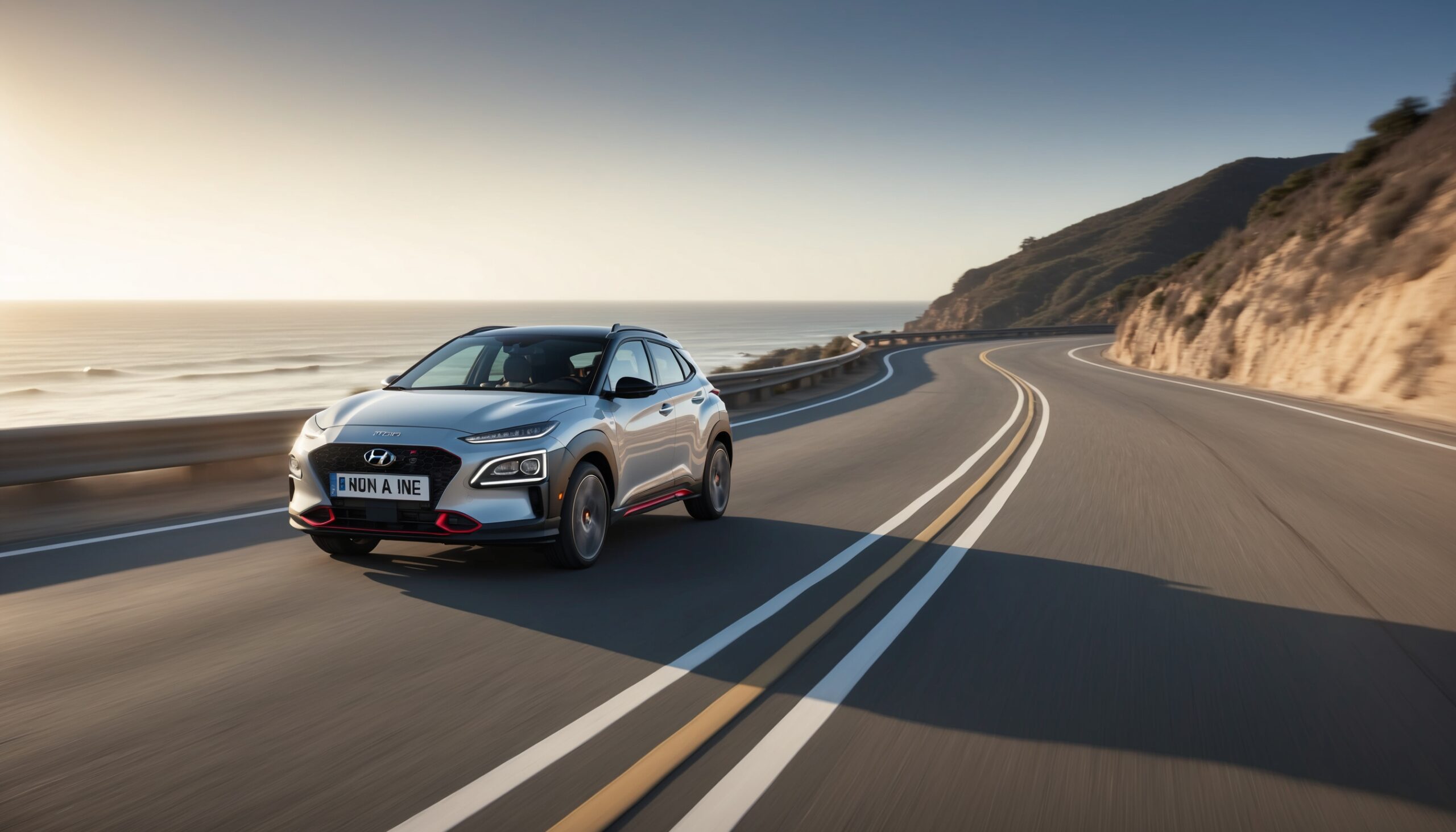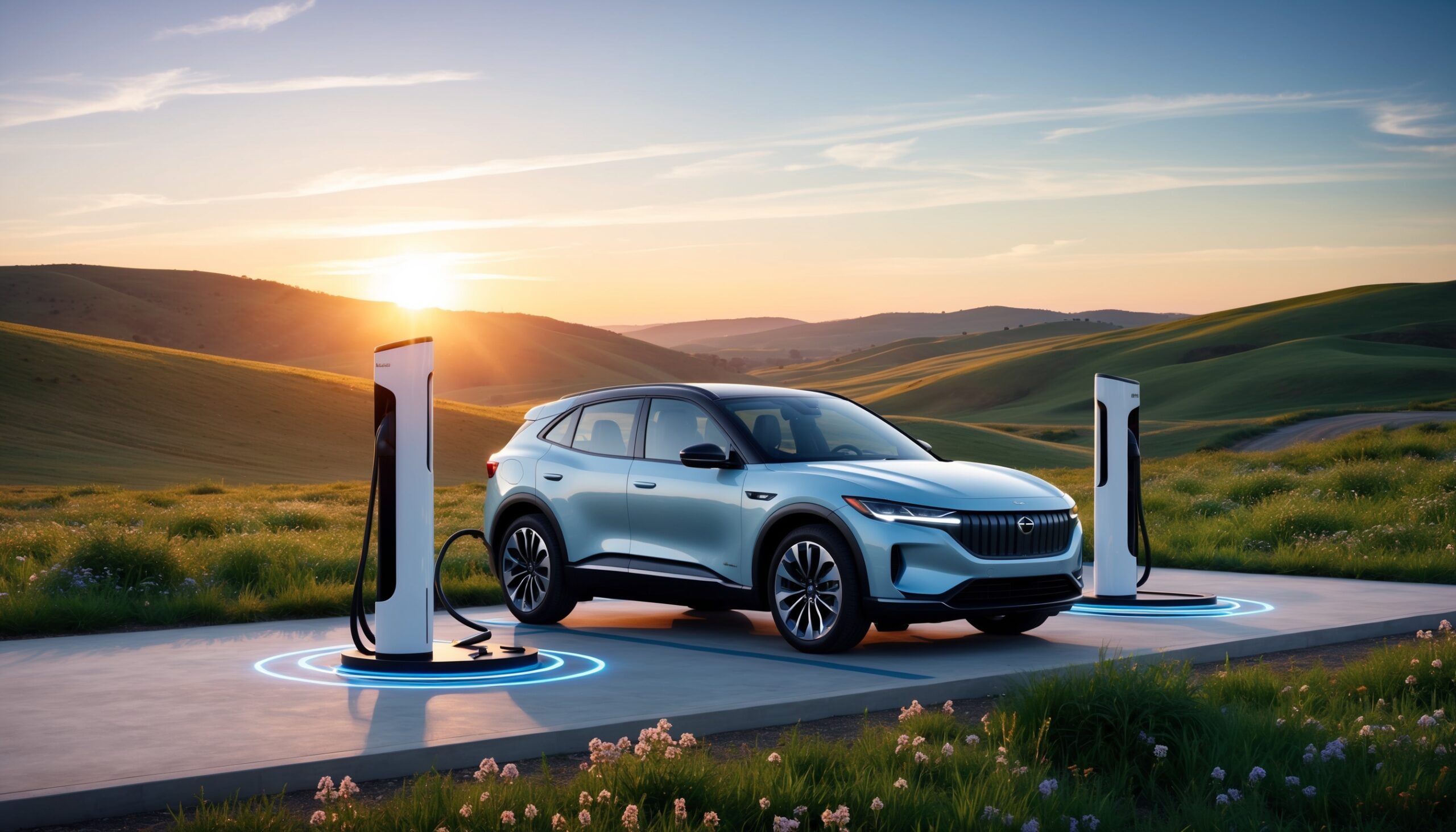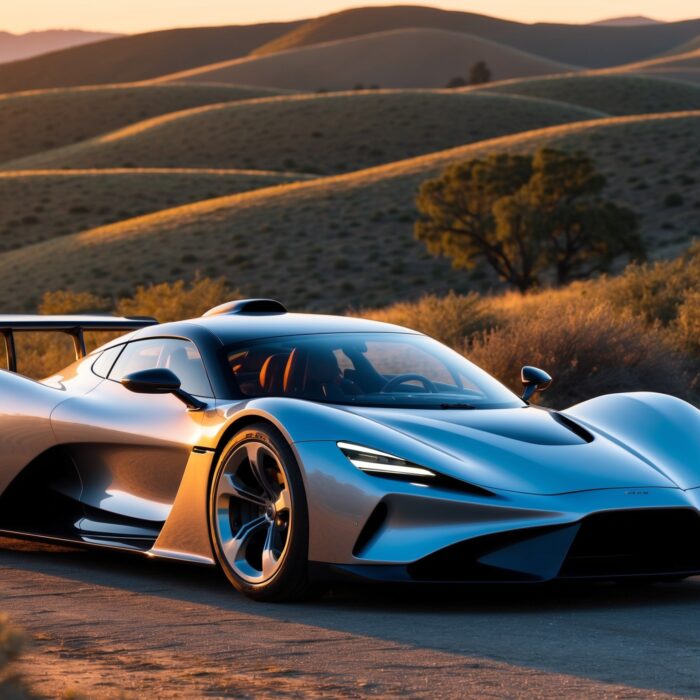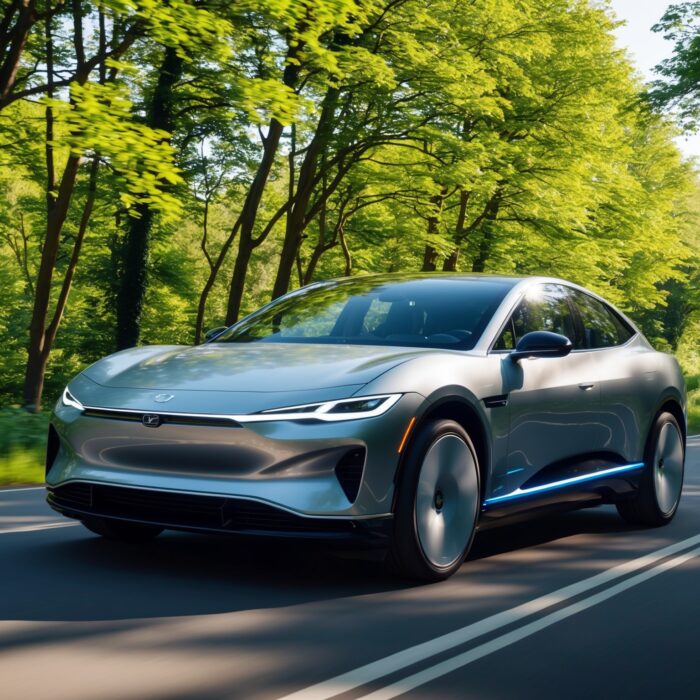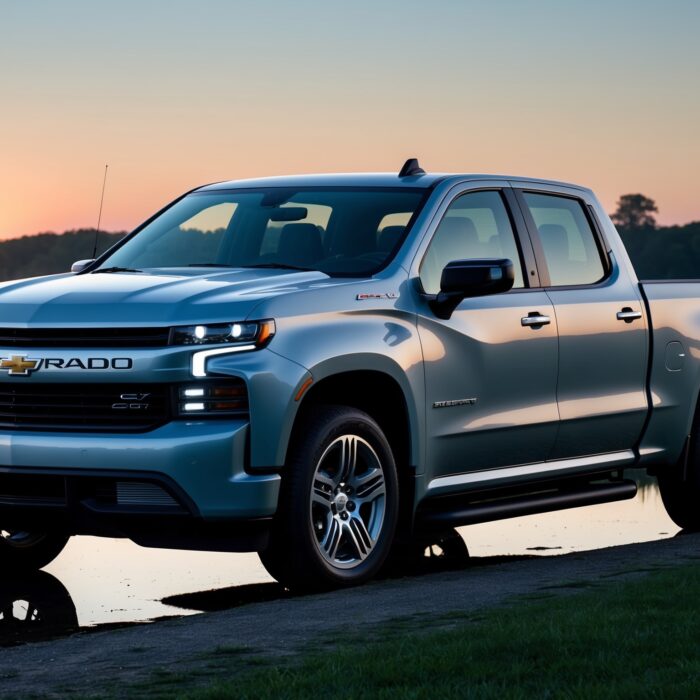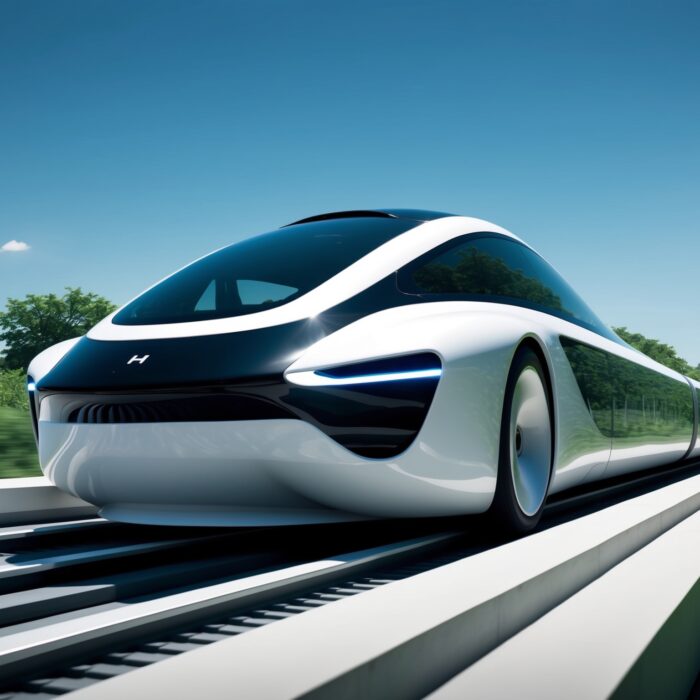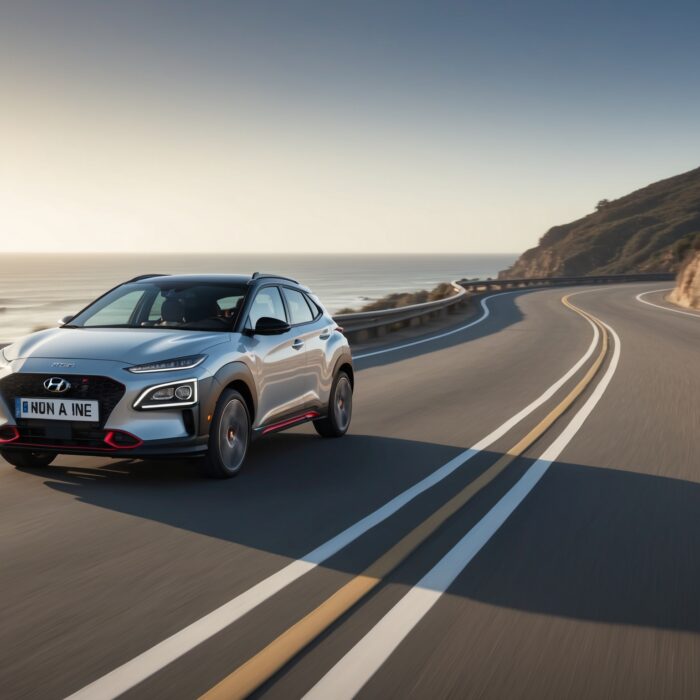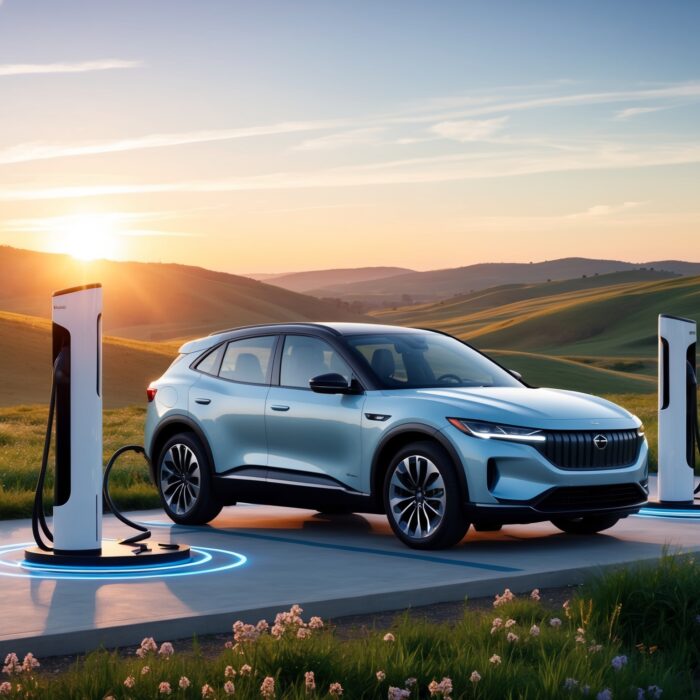How Rising Interest Rates are Affecting New Vehicle Affordability
As a car enthusiast, you might have noticed that the landscape of vehicle purchasing is changing. With rising interest rates dominating financial news, many potential car buyers find themselves wondering how these shifts will affect their ability to afford a new vehicle. Here at Torque Feed, we aim to break down these financial trends in a way that makes sense for you, the passionate driver. So buckle up as we take a ride through the world of auto loans, interest rates, and what it all means for your next car purchase.
The Basics of Interest Rates
Before diving into the impact of rising interest rates, let’s clarify what interest rates are and how they function in the vehicle purchasing process. When you take out a loan to buy a car, the lender charges you interest on the amount you borrow. This interest is usually expressed as a percentage of the loan amount and is added to your monthly payments.
In simple terms, the higher the interest rate, the more you will pay over the life of the loan. Conversely, lower interest rates can result in significant savings. So, when we talk about rising interest rates, it’s essential to understand how they can squeeze your budget when you’re eyeing that shiny new vehicle.
The Current State of Interest Rates
As of late 2023, we’ve seen a notable increase in interest rates due to various economic factors, including inflation and the Federal Reserve’s monetary policies. Many lenders have followed suit, adjusting their rates accordingly. This rise affects not just prospective home buyers but also those looking to drive off in a new car.
Understanding the Economic Climate
The economic climate plays a massive role in interest rates. When the economy is growing, the demand for loans increases, which can lead to higher interest rates. Conversely, during a downturn, rates often drop to encourage borrowing and spending. In recent years, inflation has been a significant concern, prompting the Federal Reserve to raise interest rates to help stabilize the economy.
How Rising Interest Rates Impact Vehicle Affordability
Now that we have a grasp on interest rates and the economic climate, let’s dive into how these factors directly impact vehicle affordability. It’s not just about the sticker price; it’s about the total cost of ownership over time.
Monthly Payments Skyrocket
One of the most immediate effects of rising interest rates is the increase in monthly payments for car loans. When interest rates climb, your monthly payment can significantly increase even if the vehicle’s price remains the same. Here’s a closer look:
- Example Scenario: Let’s say you’re considering a new car priced at $30,000 with a loan term of 60 months (5 years).
- At a 3% interest rate: Your monthly payment would be approximately $539.
- At a 6% interest rate: That same loan would now cost you about $583 per month.
Over five years, this seemingly small difference in interest rates translates into a substantial amount of extra money out of your pocket.
Higher Loan Amounts
As interest rates rise, buyers may feel compelled to finance higher amounts to secure their desired vehicles. This is often the case when consumers stretch their budgets, opting for top-tier models with all the bells and whistles. Unfortunately, this can create a vicious cycle:
- Higher loan amounts lead to higher monthly payments.
- Higher monthly payments can push buyers towards longer loan terms, which may seem manageable at first.
- Ultimately, this results in buyers paying more in interest over time.
Impact on Trade-In Values
When interest rates rise, the overall market for vehicles can shift. This shift can affect trade-in values, which are critical for many buyers. If more people are holding onto their cars due to higher loan costs, the demand for used vehicles might decrease. This can lead to lower trade-in values, meaning you could get less for your current vehicle when it’s time to upgrade.
Navigating the New Vehicle Market
So, how can you still find a way to get behind the wheel of your dream car despite these rising interest rates? Here are some strategies that can help you navigate the new vehicle market effectively:
Also Read: Reshoring and Nearshoring: Bringing Auto Parts Manufacturing Back Home
Shop Around for the Best Rates
Not all lenders offer the same interest rates, so it’s crucial to shop around. Consider checking with banks, credit unions, and online lenders to find the best deal. Some may even offer promotional rates that can help offset the impact of rising rates.
Consider Shorter Loan Terms
While longer loan terms may seem appealing due to lower monthly payments, they often lead to paying more in interest over time. Opting for a shorter loan term can help you save money on interest in the long run, even if it means higher monthly payments.
Evaluate Your Budget
Before stepping into a dealership, it’s essential to know your budget. Factor in your monthly expenses, including potential increases in payments due to rising interest rates. Being realistic about what you can afford will prevent you from overextending yourself financially.
Look for Incentives and Rebates
Many manufacturers offer incentives and rebates to attract buyers, especially in a challenging market. Keep an eye out for special offers that can reduce the overall cost of the vehicle or even lower your interest rate.
The Role of Credit Scores
Your credit score plays a significant role in determining your interest rate. Higher scores typically secure lower rates, making it easier to afford the vehicle you want. If you’re planning to purchase a new car soon, consider taking steps to improve your credit score:
- Pay off outstanding debts.
- Make payments on time.
- Limit new credit inquiries.
These actions can enhance your credit profile, potentially qualifying you for better financing options.
What to Expect in the Future
The future of interest rates and vehicle affordability is uncertain. Economic factors can change rapidly, impacting both new and used car markets. Here are a few trends to keep an eye on:
Potential Rate Stabilization
While rates have been rising, experts speculate that they may stabilize as the economy adjusts to current conditions. If this happens, it could create a more favorable environment for vehicle purchases.
Increased Electric Vehicle Options
As the automotive industry shifts towards electric vehicles (EVs), there may be more incentives and government rebates available to encourage adoption. This trend could help offset some costs associated with new purchases, particularly as interest rates remain high.
Also Read: Reshoring and Nearshoring: Bringing Auto Parts Manufacturing Back Home
A Shift Towards Used Vehicles
As affordability becomes a more significant issue, many consumers may turn to the used car market. This shift could lead to increased demand for pre-owned vehicles, affecting prices and availability.
Conclusion
In a world where rising interest rates are reshaping the vehicle buying landscape, it’s essential to stay informed and proactive. Understanding how these financial trends affect your purchasing power can help you make smarter decisions as you navigate the new vehicle market. Whether you’re eyeing the latest sports car or a reliable family sedan, being prepared can make all the difference.
At Torque Feed, we’re committed to providing you with the latest insights and information to fuel your automotive passion. Keep following us for more updates, tips, and tricks to keep your wheels turning, even in challenging times.

